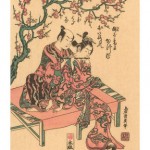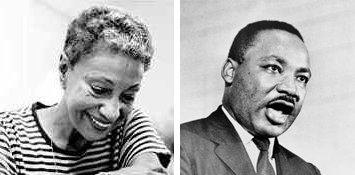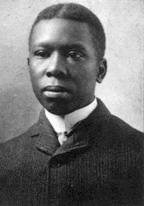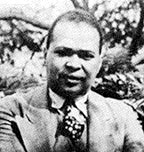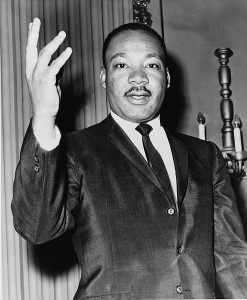Recently I’ve become interested in nineteenth century japonisme, a strain of “Japan-fever” that Akane Kawakami, author of Travellers’ Visions: French Literary Encounters With Japan, 1887-2004, describes as a “passing Parisian fad [which] became an important part of the creative imagination of major artists, composers and writers of the period.” One of these writers, French naval officer Pierre Loti, became widely popular for his novel about a Japanese geisha named Madame Chrysanthemum, whom he arranged to “marry” for a six-month period while stationed in Nagasaki. In Loti’s fictionalized Japan, Madame Chrysanthemum and her fellow geisha figure as lovely, decorative objects, gaily painted and largely ornamental features of a miniature world filled with dozens of other decorative objects: painted fans, silk screens, teacups and patterned kimono. Japan is a world of surfaces and puzzling encounters with Japanese women the size of dolls: “yellow-skinned, cat-eyed,” and “no larger than a boot.” At one point in Madame Chrysanthemum, the narrator remarks that Chrysanthemum is so lovely and “dragonfly”-like, sleeping on her tatami mat, that he would prefer her to always remain in such an attitude of repose—he finds her much more interesting that way.
Initially a bit stunned (and horrified) by Loti’s representations of Madame Chrysanthemum and her counterparts, I began researching the critical conversations that have surrounded this text over the last few decades, and found that opinion is divided between those who condemn the novel for its overt colonial and “sexploitative” agenda, and those who read with a bit more sympathy for Loti’s subtle treaments of japonisme. My stance? As yet undecided. I am somewhat unconvinced by arguments in favor of Loti’s veiled sympathies for his Japanese subjects, but remain open to them nonetheless. At the very least, I find his representations fascinating and, more importantly, telling of the prevailing attitudes held by many in nineteenth-century France while japonisme was all the rage. The culture’s fascination with “Japan” (or rather, its imagined “Japoniste” equivalent), the aesthetic, and the surfaces of things, bear interesting implications for contemporary Asian American poets (particularly those who, like myself, are invested in revitalizing the “East”-“West” encounter in terms that are more relevant to the current moment, but also informed by the literary histories of the past). Continue reading “Editors’ Picks: Reflections on (Re)Fashioning Japonisme”

